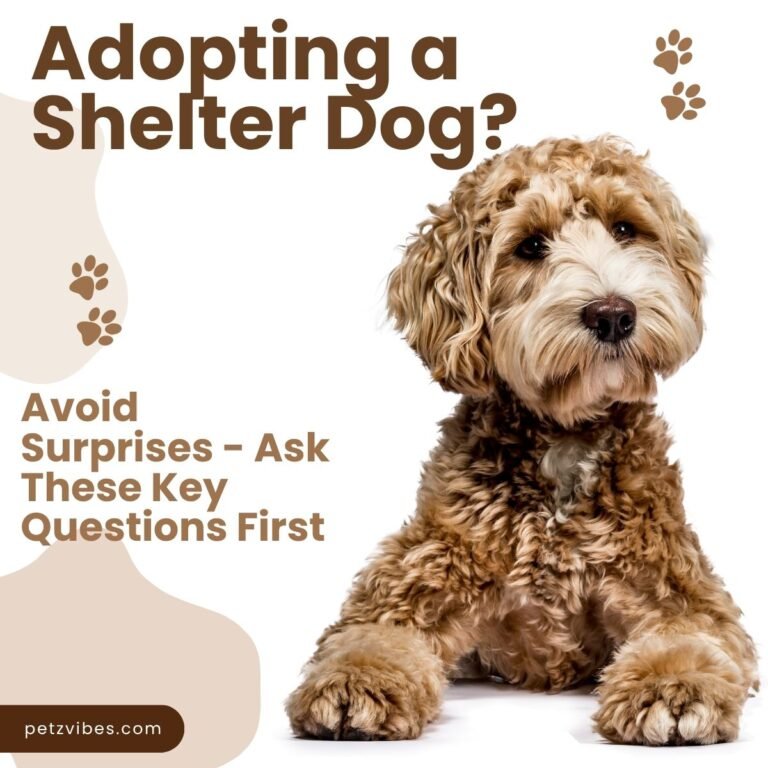Have we ever wondered how we can make dog crate training more enjoyable for both us and our furry friends? Crate training can effectively provide our dogs with a safe haven, but we must ensure that it’s stress-free for them. Let’s take a closer look at how we can achieve this!
Understanding the Purpose of Crate Training
Before we begin the dog crate training process, let’s first understand its purpose. A crate serves as a den-like space for our dogs, offering them a secure environment. Just like humans have personal spaces where they feel comfortable, our pets can benefit from having their little area to retreat to.
Benefits of Crate Training
Crate training has numerous benefits that can enrich our and our dogs lives.
- Safety: A crate keeps our pups safe when we can’t supervise them. It prevents them from engaging in potentially harmful activities.
- House Training: Many of us find crate training helpful for housetraining our dogs since they naturally avoid soiling their sleeping area.
- Travel Ease: Travel becomes less stressful when our furry friend is used to a crate. They would have their familiar space during car rides or hotel stays.
- Reduced Anxiety: A crate can help reduce anxiety by providing a cozy retreat for our dogs during stressful situations, such as thunderstorms or fireworks.
Choosing the Right Crate for Our Dog
When we decide to crate train, selecting the appropriate crate is crucial. The right crate can make a difference in how comfortable our pups feel during this process.
Crate Types
There are various types of crates available, and we can choose one based on our dogs’ needs:
| Crate Type | Description | Pros | Cons |
|---|---|---|---|
| Wire Crates | Metal crates that allow for ventilation and visibility. | Good ventilation, foldable, durable | May not feel cozy without bedding |
| Plastic Crates | More enclosed and den-like, typically used for travel. | Portable, secure | Less ventilation, sometimes heavier |
| Soft-Sided Crates | Fabric crates that are lightweight and portable are often used for travel. | Easy to transport, cozy | Not as durable, may not suit chewers |
| Heavy-Duty Crates | Sturdy and designed for strong escape artists. | Very durable, escape-proof | Typically more expensive |
Preparing for Crate Training
Preparation is key to ensuring a positive experience during crate training. We should create a welcoming and comfortable environment for our furry pals.
Selecting a Location
Choosing the right spot for the crate can influence how our dogs perceive it. We want to select a quiet area in our house away from heavy foot traffic that still allows our pups to feel like part of the family. This could be our living room, bedroom, or any time we spend together.
Making the Crate Comfortable
With a few cozy touches, our dogs will feel more at home in the crate. Here are some ideas to make the crate inviting:
- Bedding: Adding a comfortable blanket or dog bed encourages relaxation.
- Toys: Including a few favorite toys can help make the space more enjoyable.
- Familiar Smells: Placing a piece of our clothing or a familiar item can bring a sense of security.
Introducing the Crate
Now that everything is prepared, we will introduce our dogs to the crate. This phase is crucial and should be approached gradually.
Step-by-Step Introduction
- Open Door Policy: We should allow our dog to investigate the crate without pressure and keep the door open so it can come and go as it pleases.
- Positive Reinforcement: Whenever our pup shows interest in the crate, we can reward them with treats or praise. This builds a positive association.
- Feeding in the Crate: Gradually start feeding our dog their meals near or inside the crate. This can help them connect the crate with positive experiences.
- Short Time Inside: Once they seem comfortable, allowing them to remain inside the crate for short periods while we are present can introduce them to spending time there.
Gradual Crate Training Steps
After our dogs become familiar with the crate, we can work on more extended periods inside. Here’s how we can gradually increase their time in the crate.
Increasing Crate Time
- Short Sessions: Begin by closing the door for a few minutes while we stay nearby. Praise and reward once we open the door.
- Longer Sessions: Gradually increase the duration. We can start with 5-10 minutes and extend it as our dog gets used to being inside.
- Leave the Room: Once our pups are comfortable with short sessions, we can leave the room for brief periods. Each time we return, we reward them to reinforce positive feelings.
- Practice Leaving the House: Simulate a real-world scenario by leaving our dog in the crate for extended periods when we step outside. Start with short absences, ensuring that they return before they become anxious.
Addressing Anxiety
If we notice signs of anxiety or distress, it’s essential to address them promptly. Some common signs include whining, barking, or scratching. If our pup seems unsettled, it might be a sign that we need to take it slower.
Tips for Reducing Anxiety
- Keep the Crate Open: When we’re home, we leave the crate door ajar so the children can explore at their own pace.
- Leave Them with a Puzzle Toy: Providing a distraction can help ease anxiety during crate time. Toys that dispense treats can keep them occupied.
- Stay Calm: Our demeanor can influence our dogs. Staying calm and relaxed during training helps them feel secure.
Dog Crate Training Do’s and Don’ts
As we navigate the crate training process, we must know some key dos and don’ts to keep our training successful and positive.
Do’s of Dog Crate Training
- Use positive reinforcement: Always praise and reward your dog for entering the crate or remaining calm inside.
- Practice regularly: Frequent training sessions can reinforce positive habits and alleviate anxiety.
- Monitor comfort levels: Pay attention to how your dog responds to the crate and adapt our training strategy as necessary.
Don’ts of Crate Training
- Don’t use the crate as punishment: This can lead to negative associations. The crate should be a haven, not a place for punishment.
- Don’t rush the process. Each dog has its own pace, and patience can help them feel more comfortable.
- Don’t leave them in the crate for too long: We must ensure our dog gets regular opportunities to stretch, play, and relieve themselves.
Crate Training During the Day vs. Night
Adopting slightly different approaches to crate training for daytime and nighttime scenarios is helpful. Our dogs might need some acclimation to both contexts.
Daytime Crate Training
During the day, we may want to encourage our puppies to view the crate as a safe and comforting space. This can involve ensuring they have plenty of time outside the crate for exercise and social interaction.
- Holiday Routine: If we’re home during a holiday, we can introduce short periods in the crate while we are still around, gradually increasing their crate time.
Nighttime Crate Training
When night falls, we must create a calming nighttime routine. This may involve making a consistent schedule so our dog begins associating nighttime with relaxing in their crate.
- Pre-Sleep Routine: We must take our dog out for a bathroom break and allow them to wind down before crate time. We can include a calming activity, like quiet petting or gentle play.
Troubleshooting Common Issues
Even with the best intentions, we may encounter challenges along the way. Let’s discuss some common problems and how we can address them.
Barking and Whining
If our dog barks or whines in the crate, it can signify discomfort or a desire to be let out. We should observe the frequency of this behavior. If it stems from anxiety, we may need to revisit earlier steps and reinforce comfort.
Attempts to Escape
If our dog attempts to escape the crate, we should ensure it is the right size and has positive associations. It’s also helpful to remain calm during these instances and avoid reinforcing the behavior by letting the dog out while it is distressed.
Accidents in the Crate
Accidents can happen during the training process. If our dog has an accident in its crate, we should clean it up properly and assess its routine to see if adjustments are needed, like more frequent bathroom breaks.
Ensuring Successful Long-Term Crate Transition
Once we’ve gone through the training process, our ultimate goal is to ensure our dog feels comfortable and happy in their crate over the long term.
Continuous Usage Over Time
Even after our dogs become accustomed to the crate, maintaining the practice can be beneficial. We can encourage them to use their crate during quiet times and when we leave the house, fostering a sense of security.
Adapting to Changes
As circumstances change, such as welcoming new pets or moving to a new house, we may need to help our dogs readjust to their crate. This ongoing commitment will help us create a forever safe space for them.
Conclusion
In our journey through crate training, we’ve learned that building a healthy relationship with our dogs and their crate is essential. Patience and consistent positive reinforcement are the keys to making the experience as stress-free as possible.
As we bond with our dogs and support their needs, we’ll provide them a secure space that enriches their lives and ours. Let’s celebrate the small successes and cherish every moment spent together!






